Biophilic Design In Educational Spaces
The future of education is where the boundaries between nature and the learning environment blur. Natural light now replaces fluorescent lamps, and living plants breathe life into the corners of the room.
This vision is at the heart of Exubia, an idea rapidly gaining traction in the educational architecture world. Biophilic design isn’t just about aesthetics; it’s about reconnecting students with the natural world; something scarce in today’s digital age.
By integrating natural lighting, vegetation, and materials that mimic nature, these spaces can improve mental health, enhance concentration, and overall academic performance.
Through this blog, you’ll gain insights into:
- Why do we care about educational spaces?
- Unpacking The Benefits: Why Plants Belong in Schools
- Greening the Classroom: How to Weave Nature into Education
- Wrapping Up: The Path Forward
_____________________________________________________
Why Are We In Educational Spaces?
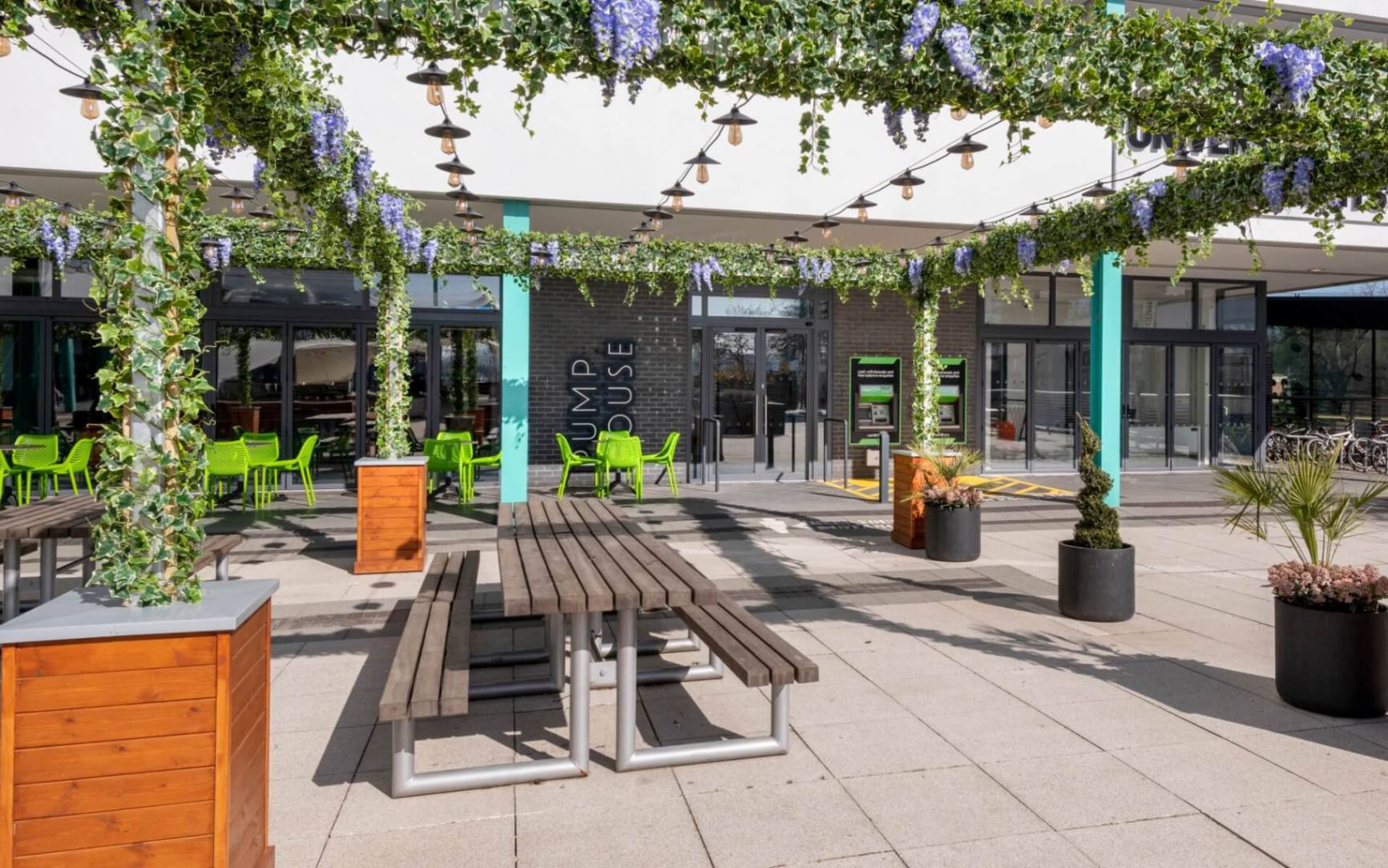
At the heart of biophilic design lies the understanding that humans have an inherent connection towards nature. This concept isn’t a trend; it’s a pivotal shift in designing educational environments that nurture the mind, body, and soul.
We need classrooms where every element, from the layout to the materials, is infused with natural light, greenery, and mimics the outdoors. It’s here, in these thoughtfully designed spaces, that students and educators find calmness and inspiration amidst their busy academic lives.
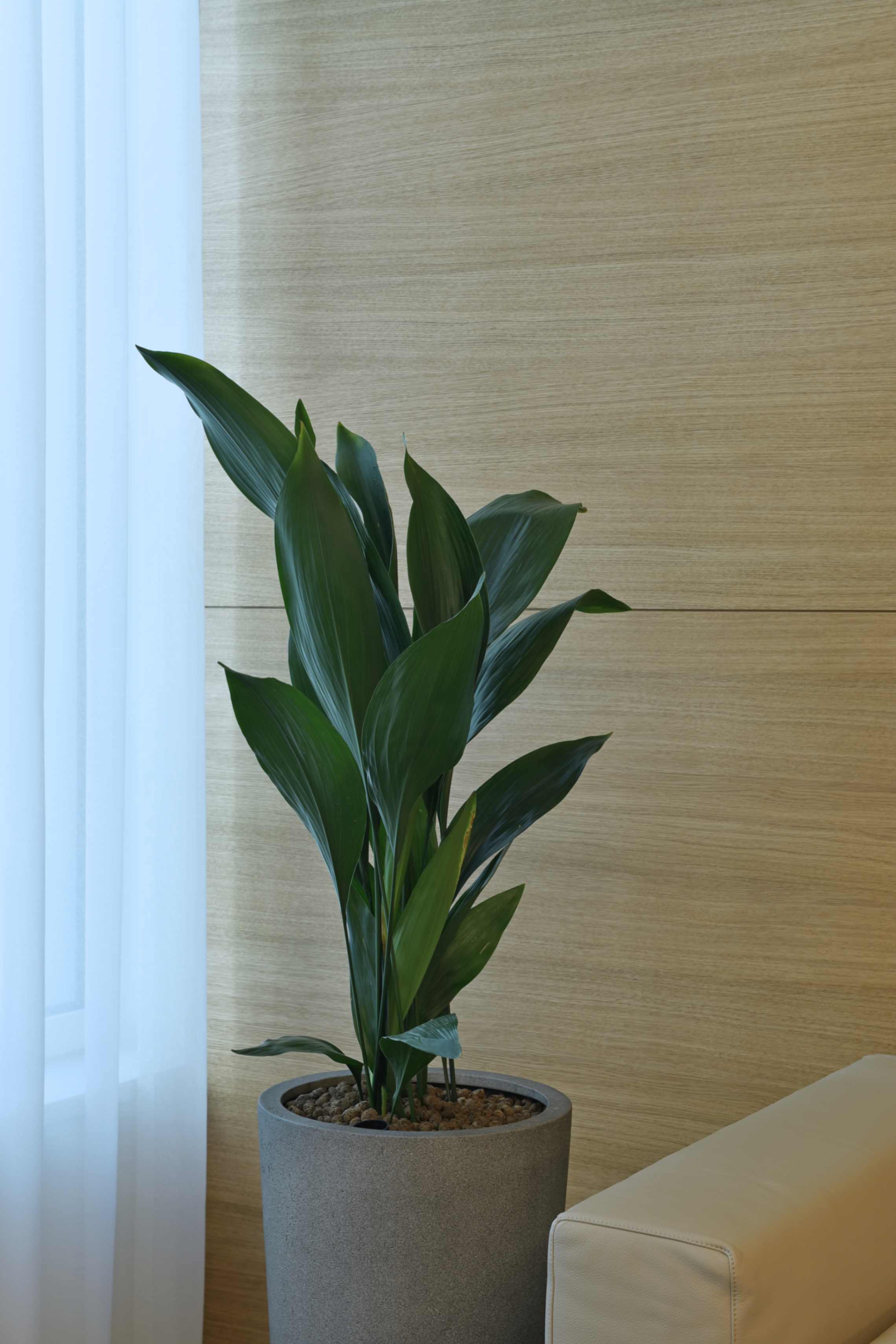
The subtle influence of plants on students:
It’s not just about adding a few potted plants around the classroom; it’s an approach that intertwines nature with these spaces’ very fabric. According to the principles laid out by Terrapin Bright Green, incorporating natural elements into schools goes beyond aesthetics. Picture a science class where students learn about photosynthesis, not from textbooks, but by observing the plants around them. This is the kind of immersive, hands-on learning experience biophilic design aims to create.
A Foundation Built on Learning Theories:
The merge of biophilic design with education isn’t a shot in the dark. It’s grounded in solid learning theories like place-based education and experiential learning. This states that learning is most effective when it’s relevant to the physical context of the students. By integrating natural elements into classrooms and curriculums, educators can make lessons more engaging and memorable. Consequently, it’s these deeper understandings to the subjects that we depend upon for a greater future generation.
_____________________________________________________
Unpacking the Benefits: Why Plants Belong in Schools
A Breath of Fresh Air for Wellbeing and Mental Health
The presence of plants and natural elements in educational settings does wonders for students and staff. Studies have shown that even a simple view of nature from a classroom window can reduce stress and improve mood.
It’s like having a natural stress reliever at your fingertips, making schools a healthier, happier place to learn and work.
Sharpening Minds: The Cognitive Boost
Beyond the calming effects, the strategic inclusion of greenery in schools can sharpen focus and enhance cognitive functions.
The Attention Restoration Theory supports this, suggesting that exposure to natural environments can replenish our mental resources. Consequently, this makes it easier to concentrate and absorb new information in a world where distractions are one click away. These days, students’ focus is more crucial than ever.
Breathing Easy: Enhanced Air Quality
Let’s not forget the practical benefits of plants in purifying air. The NASA Clean Air Study highlighted the remarkable ability of certain plant species. The test was on their ability to filter out common volatile organic compounds (VOCs), boosting air quality, for example.
In educational settings, ensuring clean air can reduce sickness, enhance overall health, and promote a more conducive learning environment.
_____________________________________________________
Greening the Classroom: How to Weave Nature into Education
Principles for Designing Green Classrooms
Creating a green classroom goes beyond placing a few plants on windowsills. It involves thoughtful design that incorporates natural light, uses sustainable materials, and includes varied plant species, for instance. The goal is to create spaces that feel alive, feel connected to the outside world, and respect nature.
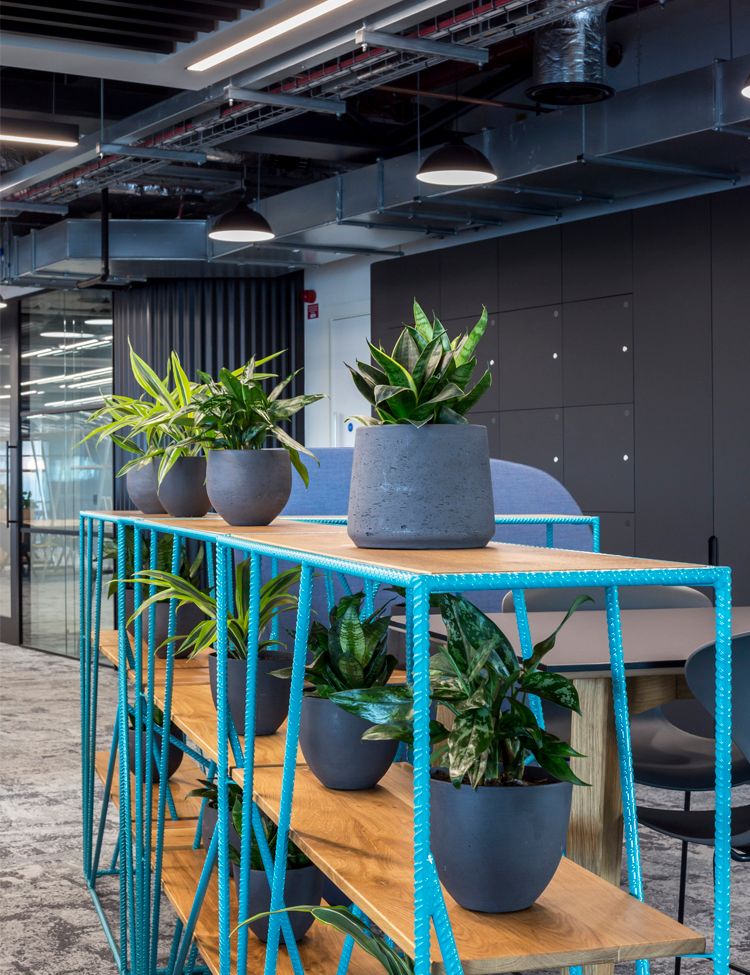
Tabletop displays
Small tabletop displays are a great way to introduce plants into schools. They add a fresh touch to classrooms, even in limited spaces. These displays are versatile and easy to maintain, making them perfect for educational settings. Best of all, these babies really don’t require too much effort which means you save money on a maintenance program!
So, why not bring some greenery into the classroom with these charming displays?
This is why we made The Ultimate Guide To Plant Care so you can kick start your biophilic journey.
Bespoke joinery
Bringing in bespoke joinery for planting at schools is not just a smart move—it’s also super practical! Maybe its custom-made seating, or desk toppers. How about a movable room divider – making a classroom’s size completely customizable? Plus, they’re total space savers, optimizing every nook and cranny while getting that greenery in. However, forget about durability; anything that goes into a school has to be able to withstand a lot right? Joinery pieces are built to last through all the hustle and bustle of school life. Plus, they can be made to suit the flow of your space, to avoid getting damaged. Check out this recharge space we put in one of our projects:

Vertical walls/gardens
Vertical gardens, including living walls, artificial walls, and moss walls, are a fantastic addition to school settings. Not only do they add colour and charm, but they also improve air quality, making the entire learning environment healthier. As they are vertical, they are great at conserving space, hence we love putting them in entryways or hallways. They are also pretty practical, the maintenance varies on the type you go for, but we can handle any care they require. If you’re wondering what kind of green wall might be best for you, we have an Ultimate Guide To Green Walls or, What Type of Green Wall Is Best For Me?
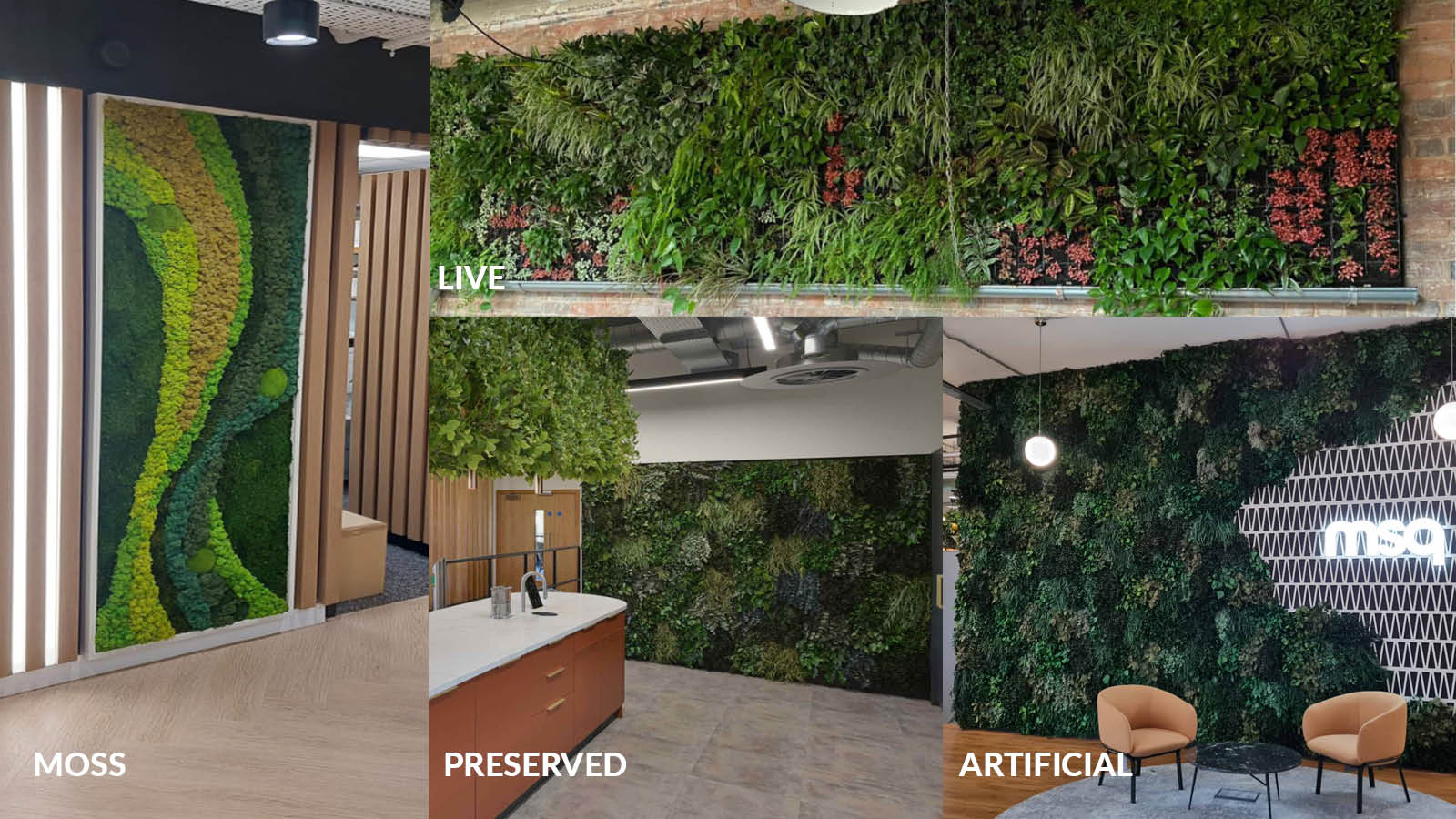
For more ideas, download our short-form guide for some inspo for your educational spaces.
Fostering Responsibility and Connection From Now On
Involving students in the care of classroom plants teaches responsibility, empathy, and teamwork. It’s a simple yet effective way to cultivate a sense of stewardship for the environment. For example, it encourages students to think beyond their immediate surroundings and consider the broader ecological impact of their actions.
_____________________________________________________
Wrapping Up: The Path Forward
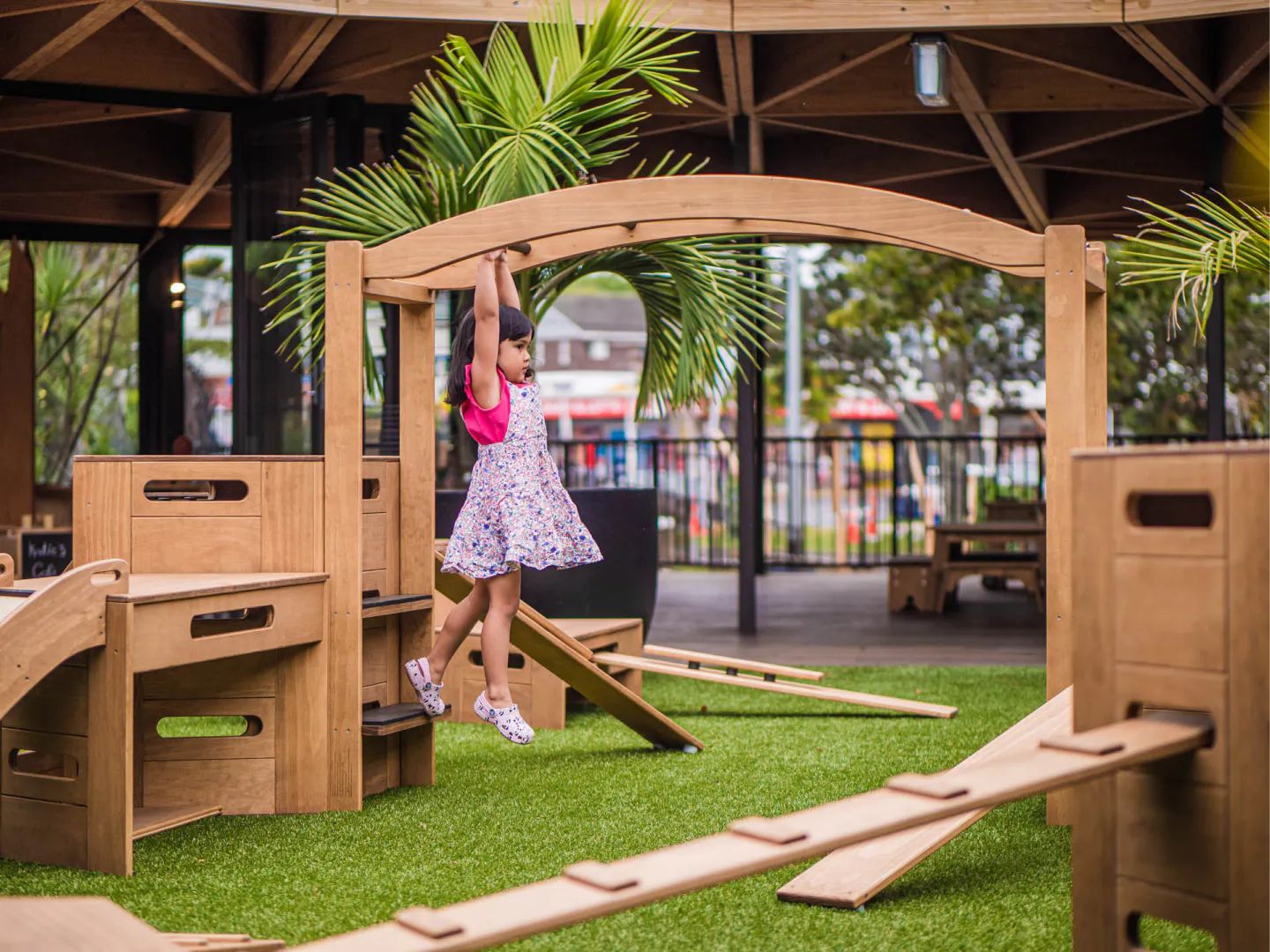
As we wrap up our adventure of biophilic design in educational spaces, the benefits are clear. Whether it be enhanced well-being, improved academic outcomes, and a deeper connection to nature, biophilia is the way forward. Introducing natural elements into educational settings is a vital shift towards creating healthier, more engaging, and sustainable environments
For educators and school administrators intrigued by the possibilities, the next steps involve research, planning, and collaboration with experts in biophilic design. Whether it’s introducing a few plants into the classroom or undertaking a larger design project, we want to help you. Integrating nature into education through our designs is one step toward a brighter, greener future for our students.
The journey towards biophilic educational spaces is an exciting one, full of potential and promise for a healthier, more connected generation.
_____________________________________________________

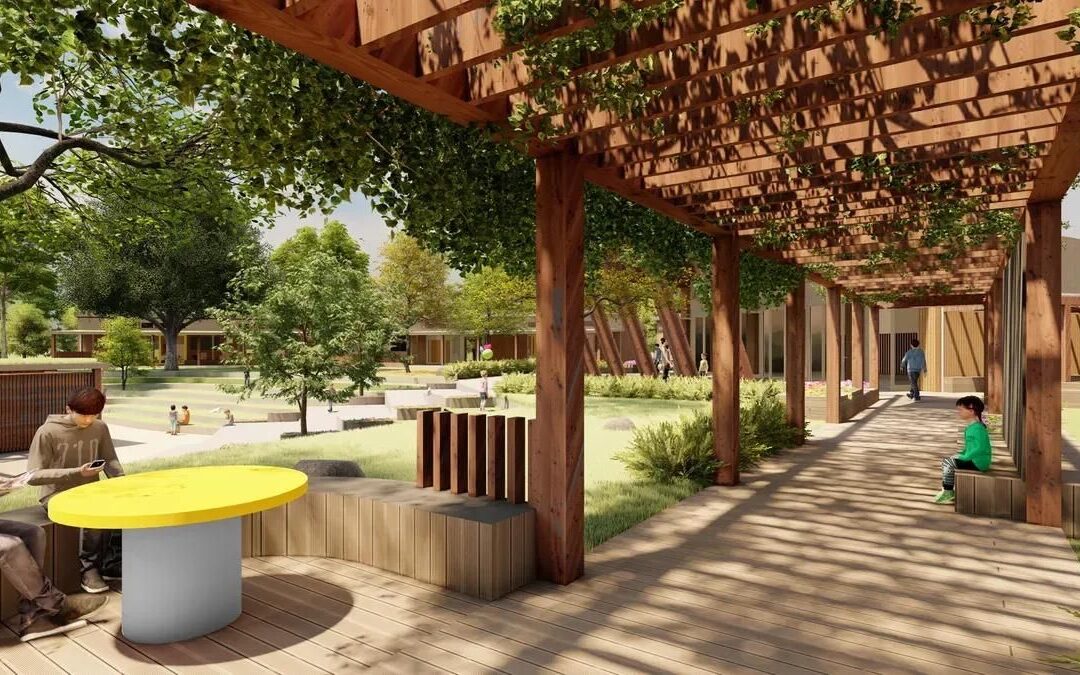
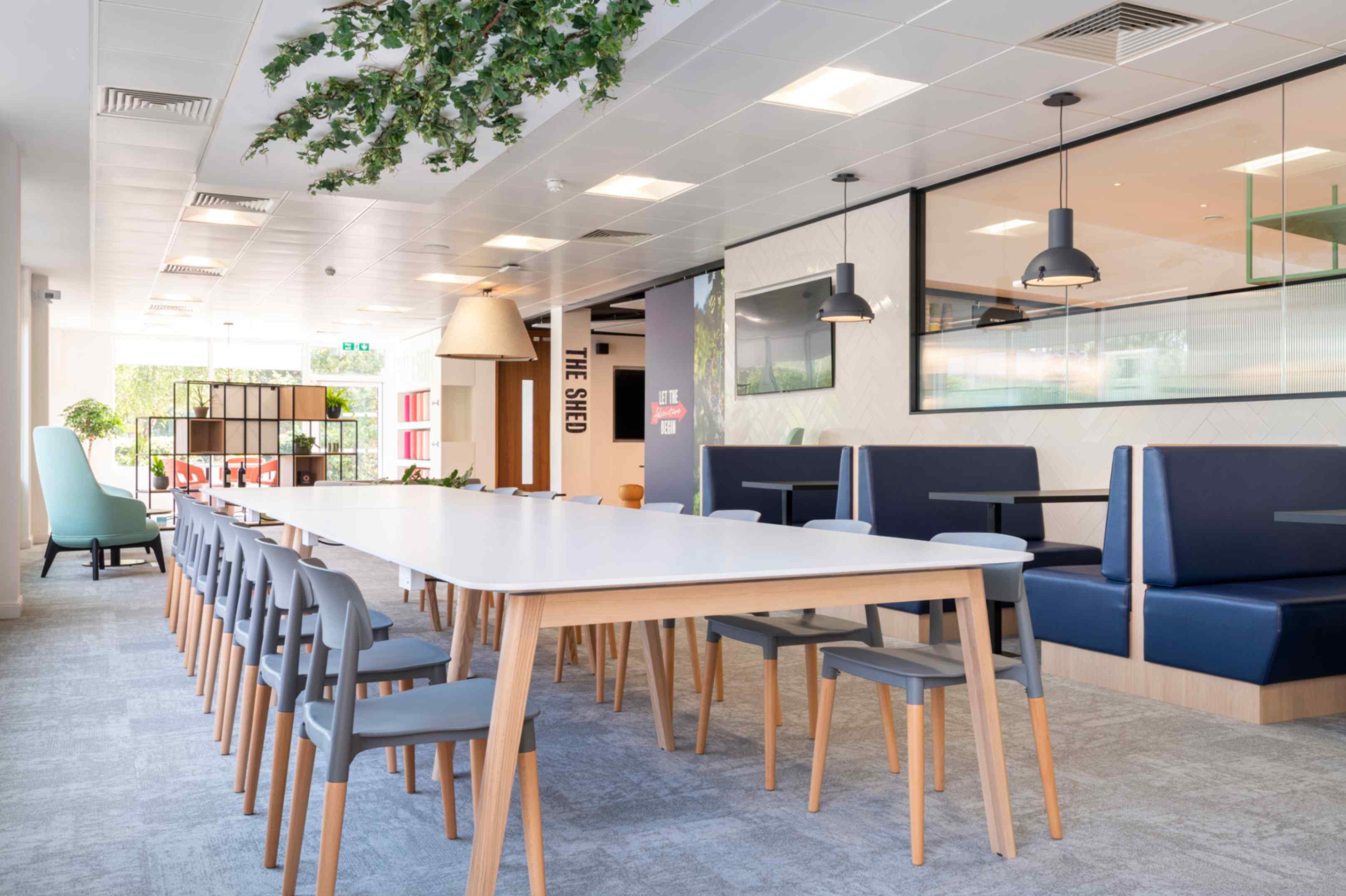

Recent Comments